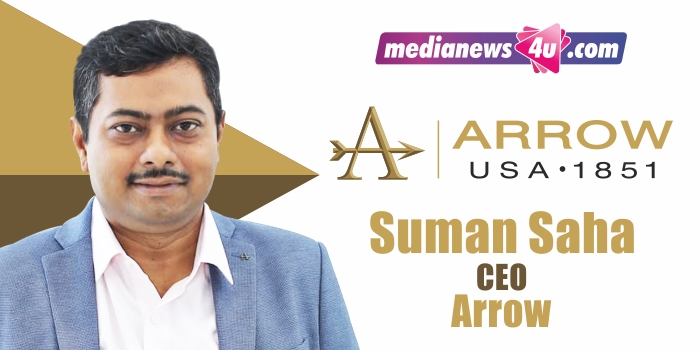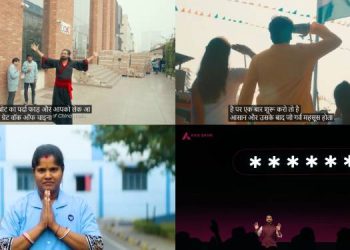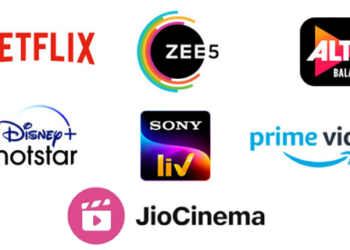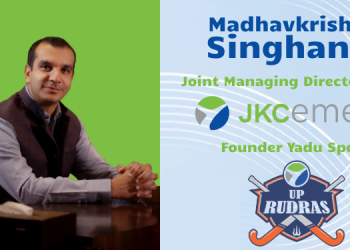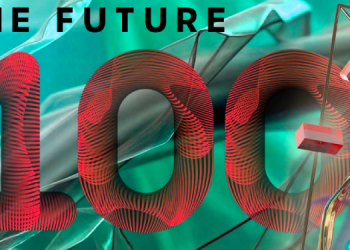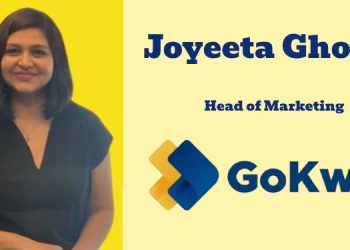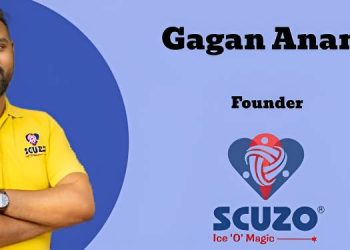In conversation with Medianews4u.com, Suman Saha, CEO, Arrow spoke about the brand portfolio, how the brand is differentiated, sales channel shares, and more.
Arrow has a global legacy since 1851 and has been in India since 1993. You have offerings across Arrow Sport, Arrow Newyork, Arrow Woman, and products from denim to sweatshirts to jackets to T-shirts to suits to accessories (and more). Yet, would you agree that the strongest imagery is still that of premium formal shirts?
Yes!
How do you segment the Arrow portfolio and how much does each contribute to sales?
These things keep on changing. What you simply classify as formals also changes during a period of time. Leaving the conceptual portfolio classification aside, formal wear contributes the highest followed by the sports range. More fashionable take on the formal wear, New York, contributes to 15 pc, balance is the accessories and other categories.
How is each growing?
We are witnessing good growth across the categories. At the moment, we are seeing the formal category and the New York growing faster. It also depends on the period at which the growth is assessed. Just after the pandemic, there was more traction in the casual wear segment. As things are attaining normalcy, comfort-led clothing like sweat shirts is slow in general. It is the most dressed up products that are driving the growth.
How does the brand stand differentiate today? Who is the brand Arrow consumer? (Is there a specific segment of audience it addresses?)
It is a question which we ask ourselves quite often. I will give you a perspective, Arrow as you mentioned is a legacy brand, which has the legacy of starting the formal collars and therefore has an expertise in this category. In those days, the brand represented people who are upwardly mobile, ambitious – they required a certain amount of status symbol. Arrow was the choice of foreign bankers. As professions changed, bankers are now replaced by entrepreneurs. But, the code of striving for success remains the same. It is still their brand of choice, because Arrow as a brand is continuously innovating the product category.
If you consider any other brand with comparable history, Arrow pivots the heritage into expertise. Today, one of the tasks we have is that we are trying to make the brand more contemporary in the post-Covid scenario.
Specific to the formal wear, did the pandemic and work-from-home affect sales?
It did. Dress code in most corporates had gone. Therefore, formal wear brands have to battle what it signified 20 years back. All formal brands have started moving away from that thought that formal wear means workwear. Now there is more fashion and functionality. There are multi-utility wardrobes. This has been a constant evolution before the pandemic as well. What the pandemic did was it restricted usage occasions to few. The casual dressing pattern is creating boredom among the people. During the pandemic all social occasions got postponed; now if we need to attend those functions we need to dress up. All these factors combined is helping the brand.
How do you assess the overall sales during the current festive season? Has it touched pre-pandemic levels?
We have been growing this year above the pre-pandemic level. Diwali 2022 grew by double digits when compared to the 2021 and is much higher when compared to 2019 and 2020.
Can you brief about the brand’s performance in Tier 2, 3 cities? How does that compare with metros?
Currently our expansion is focused on mostly Tier 2 cities. Our Tier 3 presence is through two channels – multi-brand outlets and online efforts. We are investing money in larger stores in either metro or Tier 1 markets, that’s where we are seeing the growth. Tier 3 we have made a few forays in some stores, I am also waiting to see what is going to happen in those markets.
As per reports, the sales contribution of online channels was at 11 pc in 2018. How has it grown in the last four years?
Now it is around 17 pc – that doesn’t include omni-channel contribution. Omni-channel is upwards of eight to nine percent and my endeavour is to push it to 12 to 15 pc. There are few operational challenges ahead; we are solving them and that resulted in 11 pc growing to 17 pc.
Within online, there is the home platform of NNNow.com and there are other online destinations, including online portals of modern retail chains. How do they stack up, within online, in terms of contribution to sales?
Flipkart and Myntra would be our largest partners. We make the same inventories live across platforms; it is their ability to produce superior traffic that makes the difference. We are now beginning to spend money on NNNow.com and make it more evident among the consumers.
How is the sales split between exclusive outlets, multi-brand outlets, and online channels? Is there a trend therein?
Our exclusive outlets contribute close to 45 to 48pc. We also have departmental business like Shoppers Stop, Lifestyle and Central which contribute 20pc. Multi-brand outlets will be 20 to 25 pc. I believe we should open more exclusive outlets and create more distribution. Therefore, we are in a phase where we are trying to overdrive our expansion. The focus is to go to 300 exclusive outlets (up from around 200 currently) as fast and sensibly as we can. I don’t want to put a time band to it.
You extended the relationship with brand ambassador Hrithik Roshan in September 2022. You had signed him on first in 2020. How do you evaluate the RoI?
We signed Hrithik Roshan at a place where we didn’t know that pandemic was going to change consumption and buying patterns. There were bigger concerns at that point of time. Though we had a great asset, we didn’t put him to great use. We are going to do that in the next two years.

